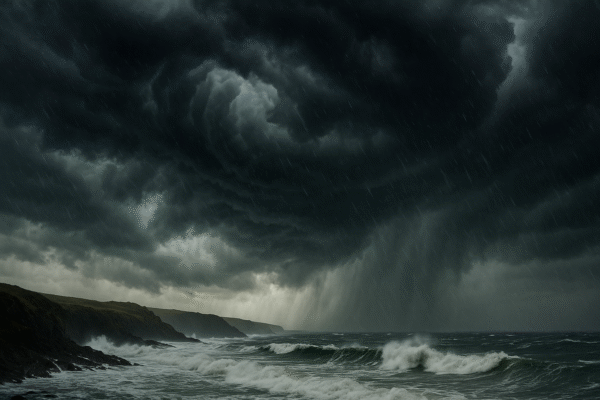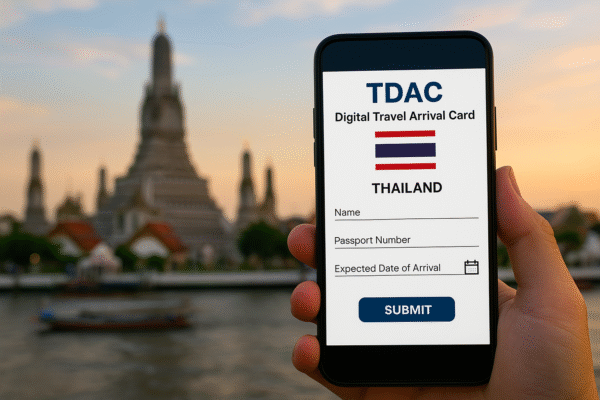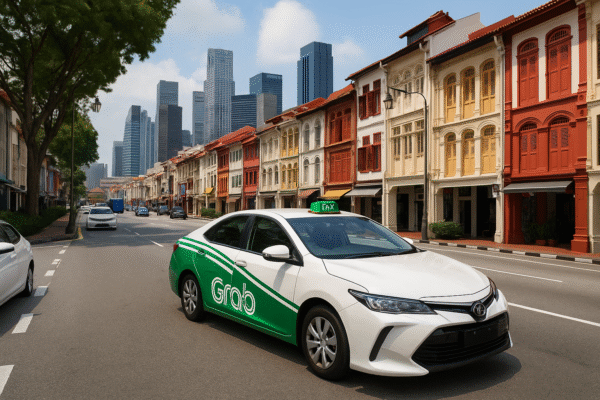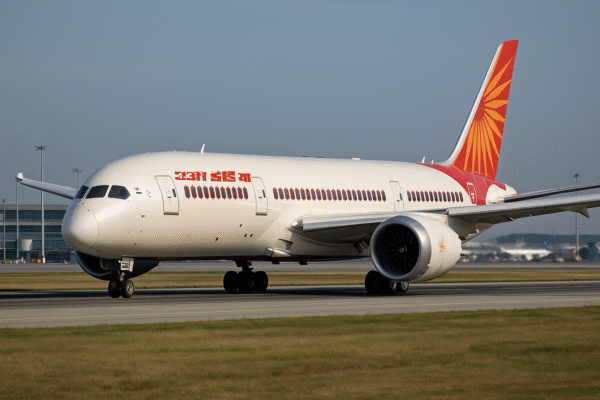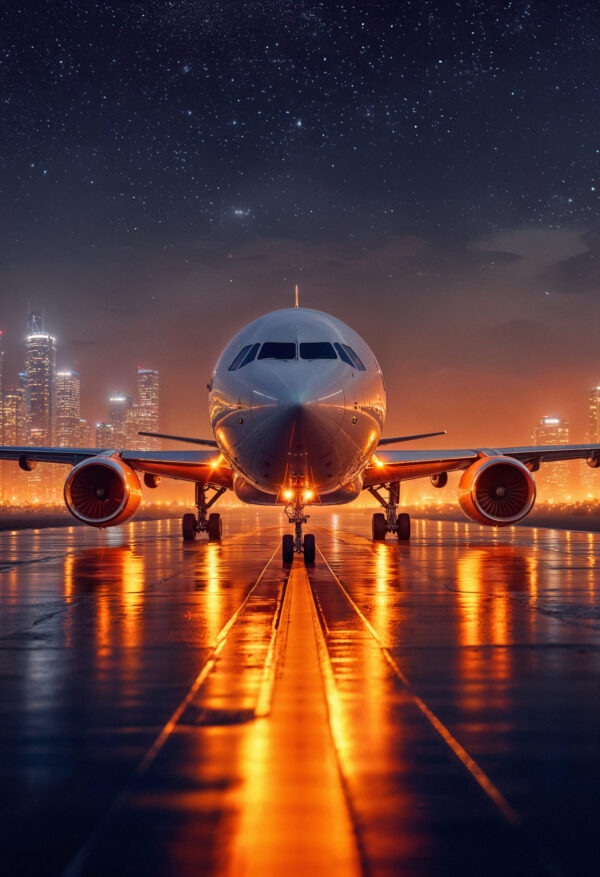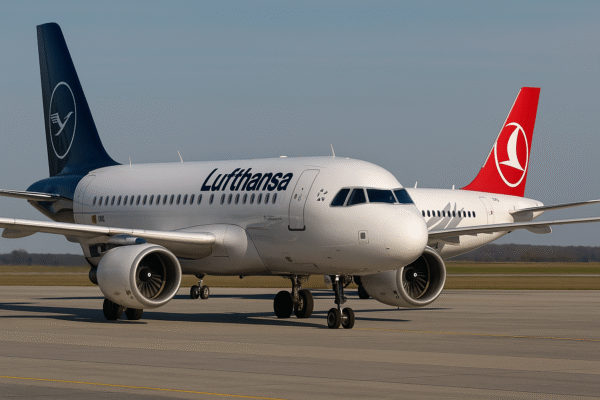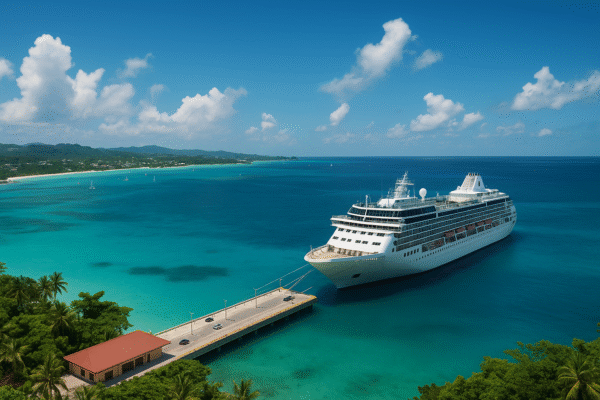In a bold move to regain momentum in international tourism, the Philippines has unveiled plans for a ₱2 billion cruise port in the iconic island of Boracay, known worldwide for its white sand beaches and crystal-clear waters. The transformative infrastructure project, spearheaded by the provincial government of Aklan, aims to elevate Boracay into a premier destination on Southeast Asia’s cruise tourism map.
The proposed port will provide direct access for large cruise liners, addressing long-standing challenges linked to inter-island transfers, which often deter foreign tourists. Positioned as a linchpin in post-pandemic tourism recovery, the initiative reflects the government’s broader strategy to stimulate regional economic growth, attract global investment, and enhance travel connectivity.
A Strategic Response to Declining International Arrivals
While Boracay remains a favorite among domestic and regional travelers, tourism officials have raised concerns over the stagnation in foreign arrivals. In 2024, the island welcomed approximately 2.07 million visitors, falling short of the 2.3 million target. Of those, only 412,000 were international tourists, marking a slight dip from the 422,000 logged in 2023, according to the Department of Tourism (DOT).
The proposed Boracay cruise ship terminal, stretching 300 meters offshore, is expected to accommodate two large vessels simultaneously, enabling seamless arrival experiences for thousands of cruise passengers. Officials believe this will significantly increase foreign visitor volumes and create new revenue streams for local businesses, tour operators, and transport services.
Unlocking Economic Growth and Job Creation
The port’s development is not just a tourism initiative—it’s an economic catalyst. Cruise tourism generates an average spend of $150–$200 per passenger per port day, according to Cruise Lines International Association (CLIA). With potential to bring thousands of passengers weekly, the Boracay cruise terminal could inject hundreds of millions of pesos annually into the local economy.
From hospitality and dining to arts, crafts, and cultural excursions, the ripple effect of the cruise port promises job creation across Aklan province. It also aligns with the Philippine Development Plan 2023–2028, which outlines tourism as a priority sector for post-pandemic recovery and inclusive economic expansion.
TIEZA’s Role in Sustainable Tourism Development
Recognizing the environmental sensitivities surrounding Boracay, the Tourism Infrastructure and Enterprise Zone Authority (TIEZA) is allocating ₱50 million toward a comprehensive two-year sustainability study. Partnering with University of the Philippines Visayas, TIEZA will assess key ecosystems including wetlands, coral reefs, marine biodiversity, and beach zones.
This scientific research aims to ensure that infrastructure projects like the cruise terminal are developed in accordance with environmental best practices. The study will also identify new eco-zones and investment corridors, supporting a long-term vision of sustainable, balanced growth for the island.
Exploring Medical and Wellness Tourism Potential
In line with global trends, Boracay is exploring diversified tourism niches beyond sun, sand, and sea. The provincial government of Aklan is evaluating the island’s potential as a medical and wellness tourism destination, tapping into rising demand for holistic healing, cosmetic procedures, rehabilitation retreats, and wellness-focused vacations.
The calm, scenic setting of Boracay, combined with its world-class hospitality sector, makes it a compelling candidate for medical tourism. If developed responsibly, this segment could attract higher-spending, longer-staying tourists, offering a sustainable revenue model for the local economy.
Cruise Tourism’s Comeback Across Asia
Asia’s cruise tourism industry is staging a strong comeback post-pandemic, with countries like Singapore, Vietnam, and Malaysia aggressively expanding their port infrastructure to attract cruise lines. Boracay’s entry into this competitive field positions the Philippines to regain market share and establish the island as a strategic port of call for regional and global cruise routes.
Given Boracay’s unique blend of natural beauty, cultural depth, and recreational appeal, tourism planners believe that integrating it into cruise itineraries will enhance its visibility among international luxury travelers and first-time visitors to the Philippines.
What’s Next for Boracay’s Tourism Future?
While the port proposal still requires national budget approval, stakeholder support is growing. Once approved, the project will undergo feasibility and environmental impact assessments before breaking ground. If executed as planned, the Boracay cruise port could be operational within the next 3 to 5 years.
In the meantime, tourism authorities continue to enhance visitor experiences through improved sanitation, traffic management, and beach conservation programs. The goal is clear: to create a world-class destination that balances economic development with ecological responsibility.
Conclusion: Boracay’s Global Comeback Starts Now
Boracay’s ₱2 billion cruise port is more than an infrastructure project—it’s a symbol of reinvention. As the Philippines repositions itself on the global travel stage, this investment paves the way for a more resilient, diversified, and competitive tourism industry.
By embracing innovation, sustainability, and inclusivity, Boracay is poised to evolve from a seasonal hotspot to a year-round, multi-market destination. With strategic funding, scientific oversight, and community involvement, this world-famous island could once again set the gold standard for Philippine tourism.
For more travel news like this, keep reading Global Travel Wire






